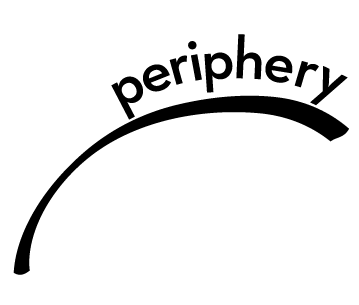John Barnett
Periphery Space @ Paper Nautilus is pleased to announce the newly published book Carbon: One Atom’s Odyssey by John Barnett, with an exhibition featuring a selection of the drawings that illustrate the book.
An interview conducted by Andy Smith of the Providence Journal is included below.
JOHN BARNETT was born in Buffalo, NY. His favorite job was as a shepherd in Cornwall, England. For many years he enjoyed working as a carpenter, even building his own sailboat which, the last he knew, still floats. For the past decade he has worked as a graphic designer and illustrator, skills he has applied toward many books. Carbon is the first of his own. The drawings within were done ‘old-school’ with fine-tipped mechanical pencils on paper. He lives on the shore of (and quite often on) Narragansett Bay in Rhode Island with his wife and three children.
_________________
links to articles about John’s book:
Six archival prints (signed editions of 100) on etching paper made from scans of the original pencil drawings are on view at the bookstore.
________________________
Atomic journey gets graphic in Warwick artist's new book, 'Carbon'
By Andy Smith
Special to The Journal (Providence Journal) June 27, 2021
A single carbon atom is the star of a new book, simply called “Carbon,” by Warwick artist/designer John Barnett. Through a series of exquisite drawings using a fine mechanical pencil, Barnett traces the journey of a carbon atom from an exploding star at the beginning of the universe to a neuron in Barnett’s own brain.
Carbon atoms, with their ability to bond with other atoms in molecular chains, are a basis for organic life as we know it. So, Barnett shows us the carbon atom within unicellular phytoplankton, a peregrine falcon, a grape leaf, a glass of wine, a farmer chasing a bolting horse, a cedar in Lebanon, and a moth’s compound eye. “Carbon is often referred to as the backbone of life,” he said.
Barnett, 57, is co-owner of 4 Eyes Design in Warwick with his wife, Isolde Maher. For Barnett, “Carbon” has been a long time coming. It began decades ago when someone handed a much younger Barnett a copy of Primo Levi’s book “The Periodic Table” after Barnett had dropped out of college and decided to see some of the world.
Levi, an Italian chemist, writer and Holocaust survivor, finished that book with a chapter on carbon, which tracked a single atom through time and space.
“It was a moving and beautiful story that bypassed the particulars of [Levi's] life and connected all things. So succinctly and beautifully, to me,” Barnett said. He had long thought about adapting “Carbon” to a visual medium but had never gotten around to it. About three years ago, he decided to begin.
Losing his vision to eye disease
Part of the reason, he said, was that the Trump administration had him feeling down, and he wanted to create something beautiful. Part of it was an effort to explain some of the world to his three children, now 18, 16 and 10.
And a large part was his eyesight. Barnett has a progressive, incurable eye disease called retinitis pigmentosa that leaves his field of vision smaller and smaller — like looking through an increasingly narrow tube.
“I’m not sure how much more time I’ll have to do this,” he said. When he demonstrates how he had to draw “Carbon,” his eyes almost touched the paper.
“I finally got myself a white cane,” Barnett said. “I used to be able to fake it, on job interviews, for example. I didn’t want to let the world know I was less than totally capable ... But I feel less handicapped with the cane than with stubbornness and pride. It’s like a coming out. I’m not ashamed of it; I’m still me.’’
A globetrotting carpenter
Barnett’s career has taken some intriguing turns. A native of Buffalo — he still roots for the Bills — he studied architecture and then fine arts at SUNY Buffalo for 2½ years before deciding college was not for him. So, he became a carpenter and traveled the world. Martha’s Vineyard was his home base, but he renovated a house in Australia and spent some time in Europe, painting houses in London, picking grapes in Greece, working on a dairy farm in Ireland. In Cornwall, England, he worked for a sheep farmer who promised him room, board and a weekly trip to the local pub. (More like a monthly trip, Barnett said.)
Back in the U.S., he worked in Vermont, Boston, Minneapolis and Seattle, where he met his wife. And almost always, he returned to work on Martha’s Vineyard.
In 1996, he and Maher married. Soon they began thinking about buying a house somewhere and settling down. But they couldn’t afford a house on Martha’s Vineyard, or Boston. So, in 2000 they moved to Rhode Island, without knowing anyone here.
He still worked as a carpenter, but he and Maher slowly built up their art and design business, which now has clients all over the country. A friend from Australia, Stephen Morrow, became an acquiring editor for Simon & Schuster, and 4 Eyes Design began working with a lot of book publishers, including university presses from Stanford to Oxford, along with local clients such as Adler’s Design Center and Hardware, The Wheeler School, the French-American School of Rhode Island, and the Providence Children’s Film Festival.
Collaboration with Nobel Prize winner
While trying to find a publisher for “Carbon,” Barnett contacted chemistry departments at a number of colleges. A professor at Harvard suggested he contact Roald Hoffmann at Cornell. Not only did Hoffmann, 83, win the Nobel Prize in chemistry in 1981, he is also a published poet and playwright. And, like Primo Levi, he is a Holocaust survivor.
Barnett emailed Hoffmann an early copy of “Carbon,” and a collaboration was born, even though the two men have never met.
“We talked on the phone and corresponded extensively by email,” Hoffmann said in a phone interview. “He wrote to me, he told me the story about the Primo Levi book and what it had meant to him. I got a very good feeling about what he was doing, about the art.”
Hoffmann helped Barnett with the molecular formulas in the book (“Some of them were obviously not right to a chemist,” he said.) He even agreed to write the foreword.
“We have carbon; our molecules are constructed on the chemistry of this unique element,” Hoffmann wrote. “Levi wanted to tell the story of an atom of carbon. ... Here John Barnett invites us to follow the atom in its wondrous graphic journey.” Hoffmann said that while he was corresponding with Barnett, he never knew of Barnett’s eye disease; he only became aware of his retinitis pigmentosa after the book was published and an article on “Carbon” appeared in a journal of the American Chemical Society.
From passion project to published book it took Barnett three years to finish “Carbon,” working on it in between other jobs for 4 Eyes Design. But then came another problem — how to get it published. After all, it wasn’t quite an art book. And it wasn’t quite a science book.
But Barnett saw an ad saying that a company called No Starch Press in San Francisco was looking for freelance designers. And on the No Starch website was a poetry book about the Periodic Table of Elements. A company that would publish that seemed like a good home for “Carbon.”
Once “Carbon” was published, Barnett stayed busy with marketing.
“I feel like I have to make this work, so the publisher will allow me to do another book. If this isn’t going to work, it won’t be because I didn’t do enough,” he said. Large prints of the “Carbon” drawings will be on display (and for sale) at Paper Nautilus, a bookstore at 19 S. Angell St. in Providence, through July 25.
Hoffmann said he was impressed by Barnett and the making of “Carbon.”
“It was a pleasure to work with John and be associated with this project. ... This is not a chemistry textbook. It’s not an art object. It’s something he felt compelled to write about. It’s very much an object of love.”
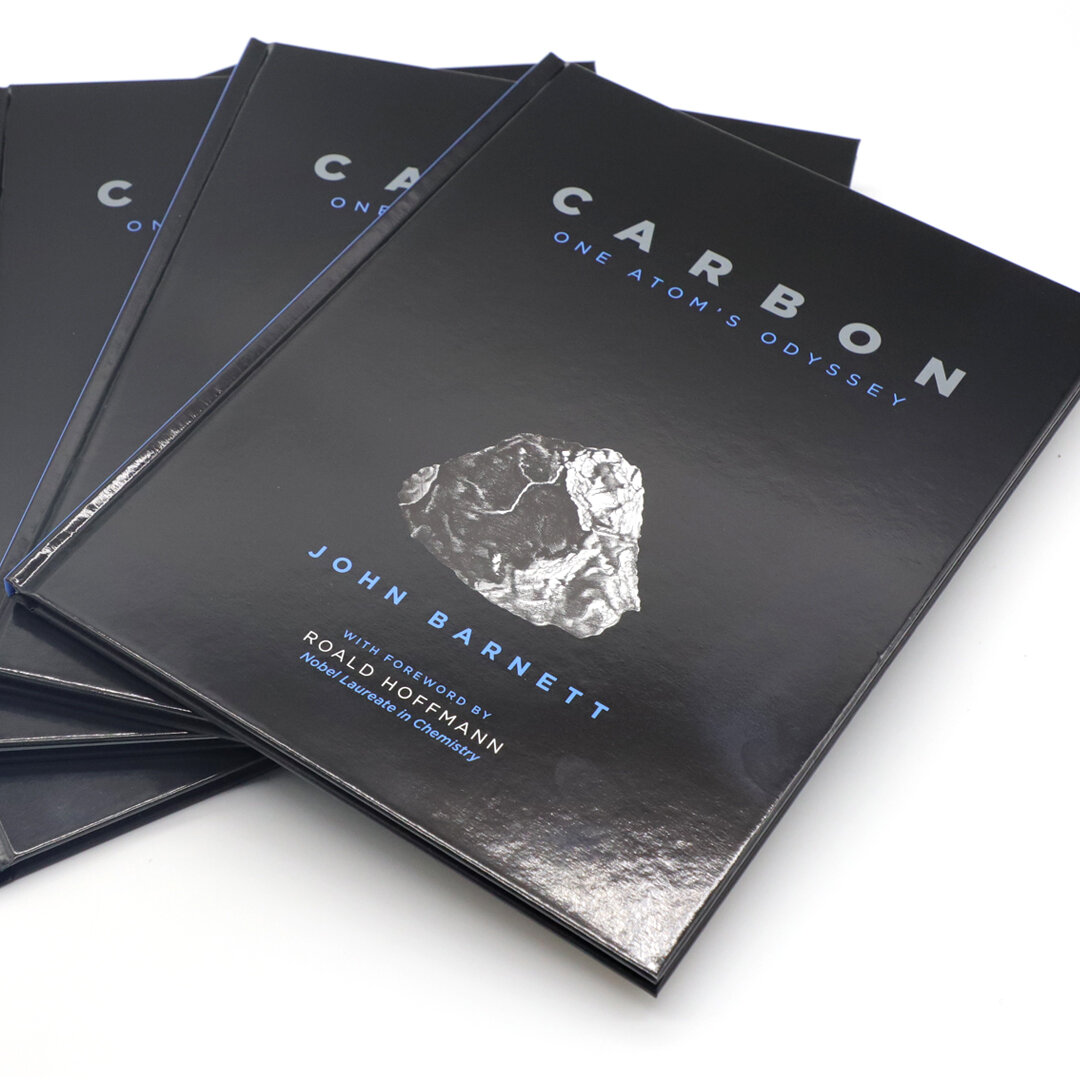
"Carbon: One Atom’s Odyssey"
Published, May 2021 by No Starch Press, San Francisco
$ 17.99
signed copies available, shipping extra, contact book store for details. Paper Nautilus Books, (401) 521-5533
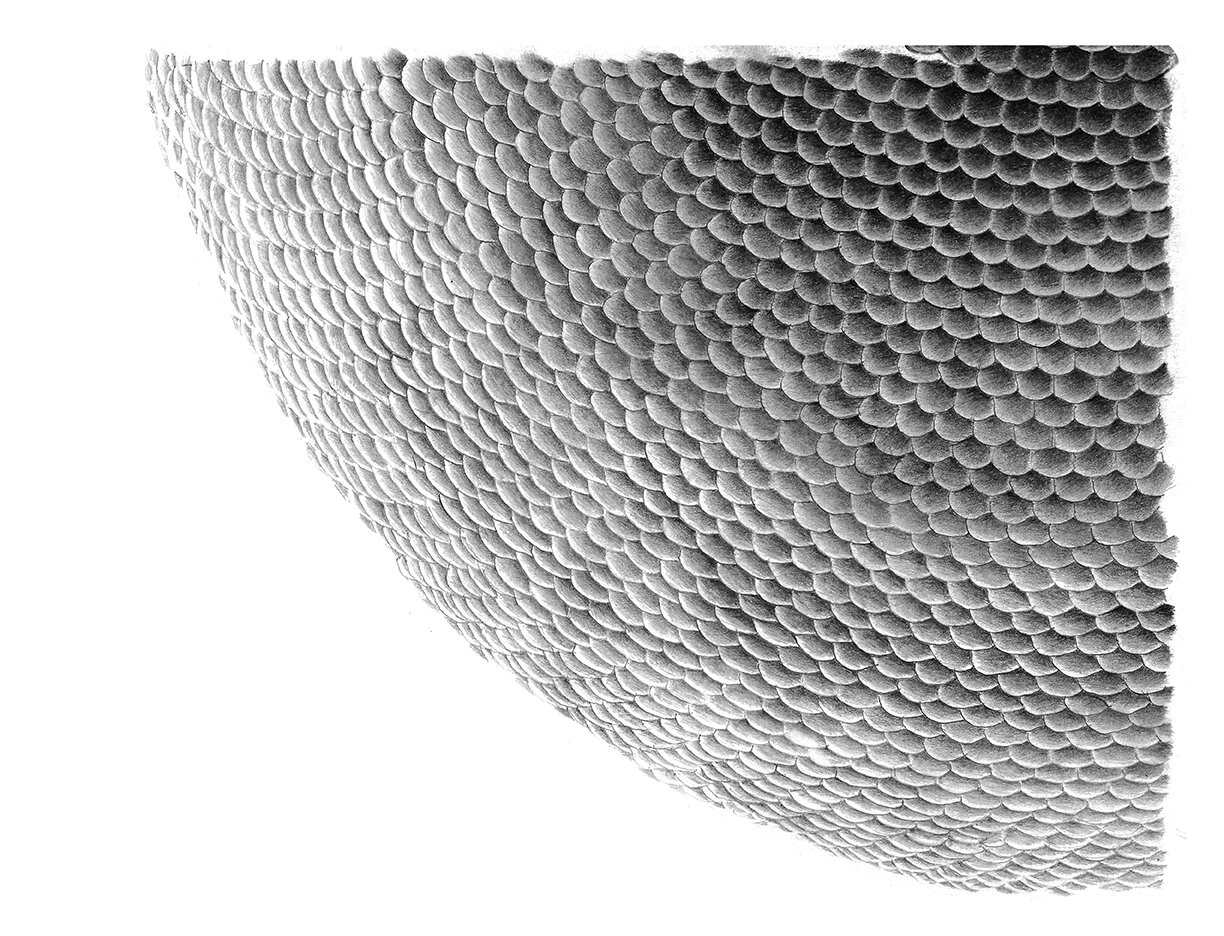
"Moth Eyeballs", 2018
17” X 13”, Archival prints (signed editions of 100) on etching paper
$225 unframed/ $275 framed
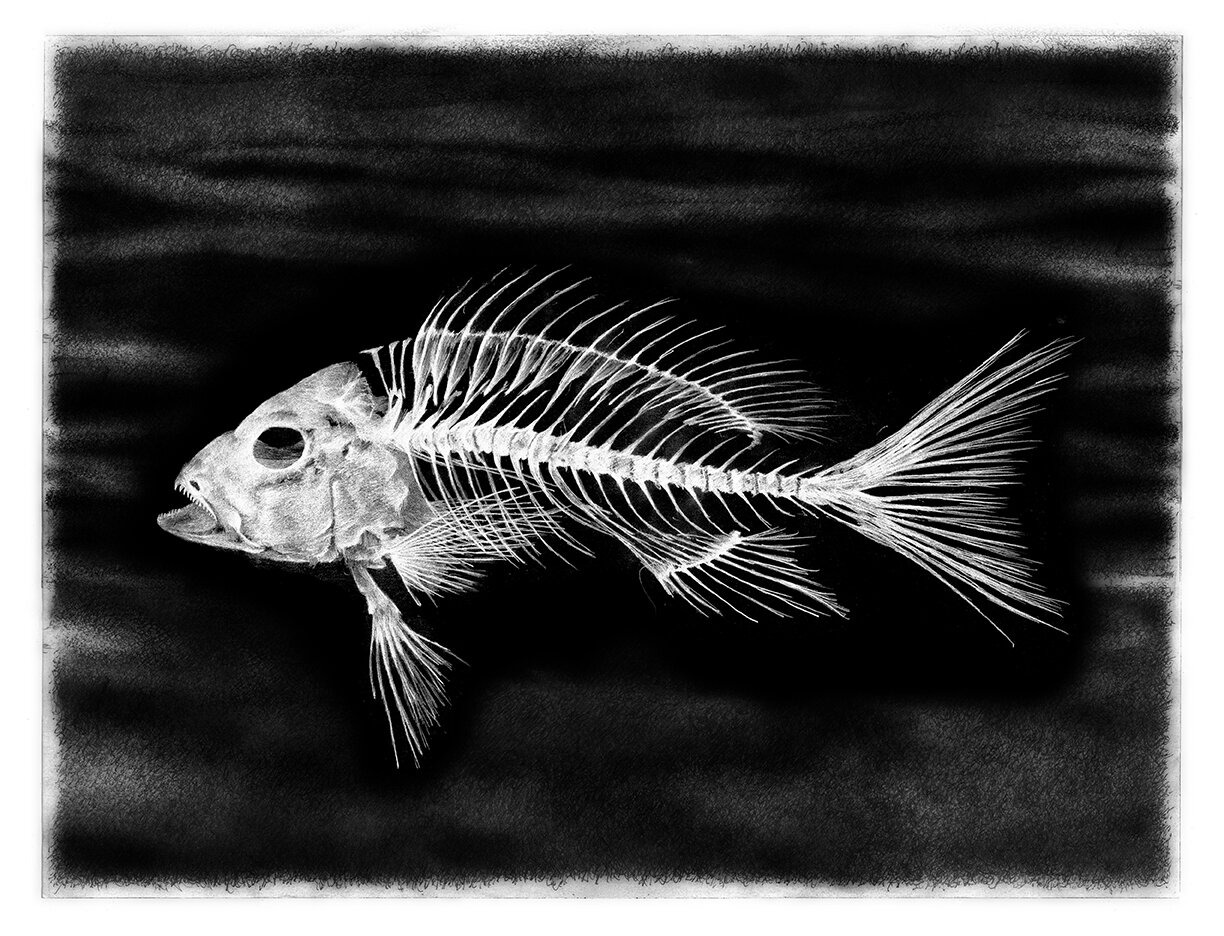
"Fish", 2020
17” X 13”, Archival prints (signed editions of 100) on etching paper
$225 unframed/ $275 framed
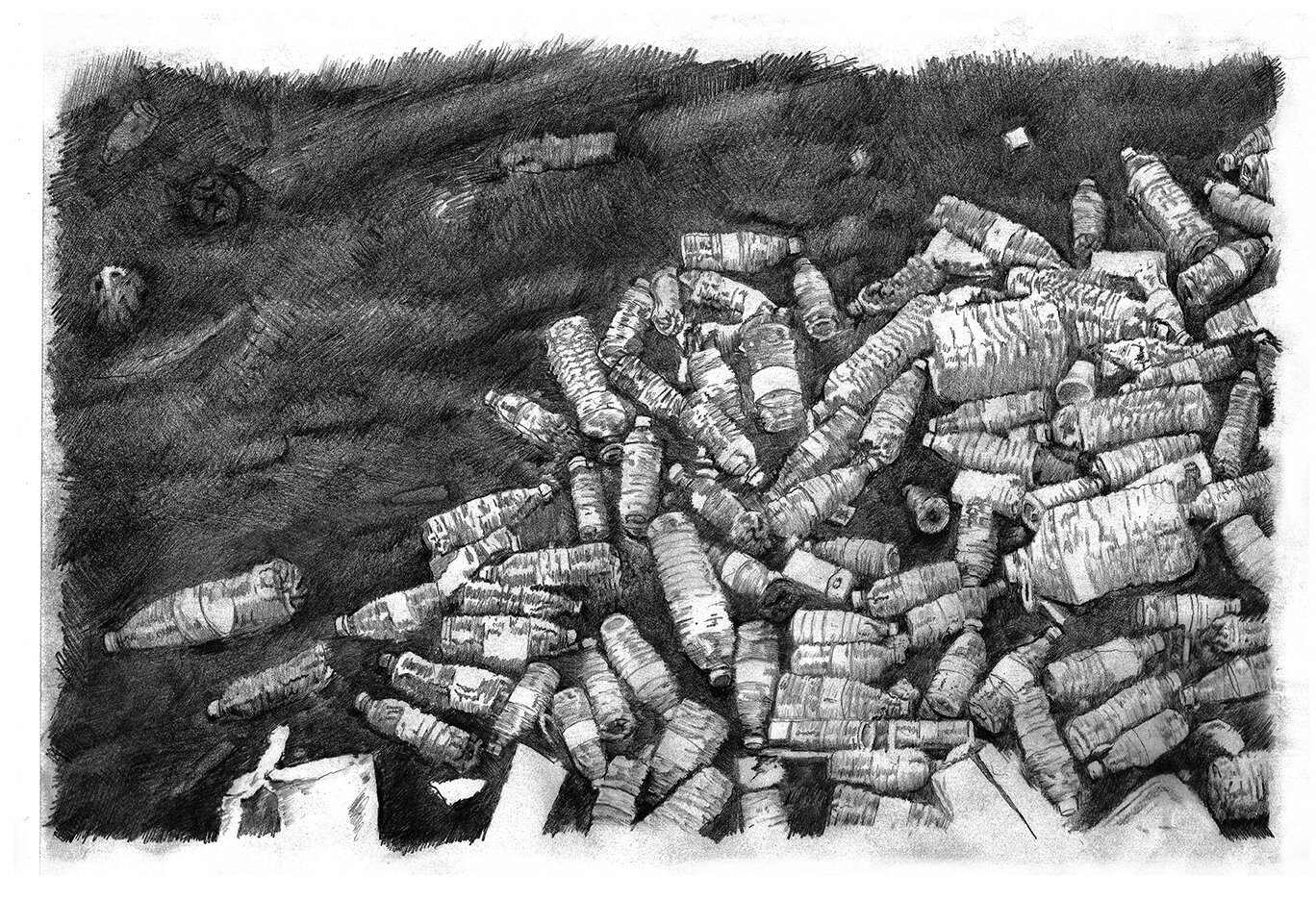
"Pacific Gyre", 2020
19” X 13”, Archival prints (signed editions of 100) on etching paper
$225 unframed/ $275 framed
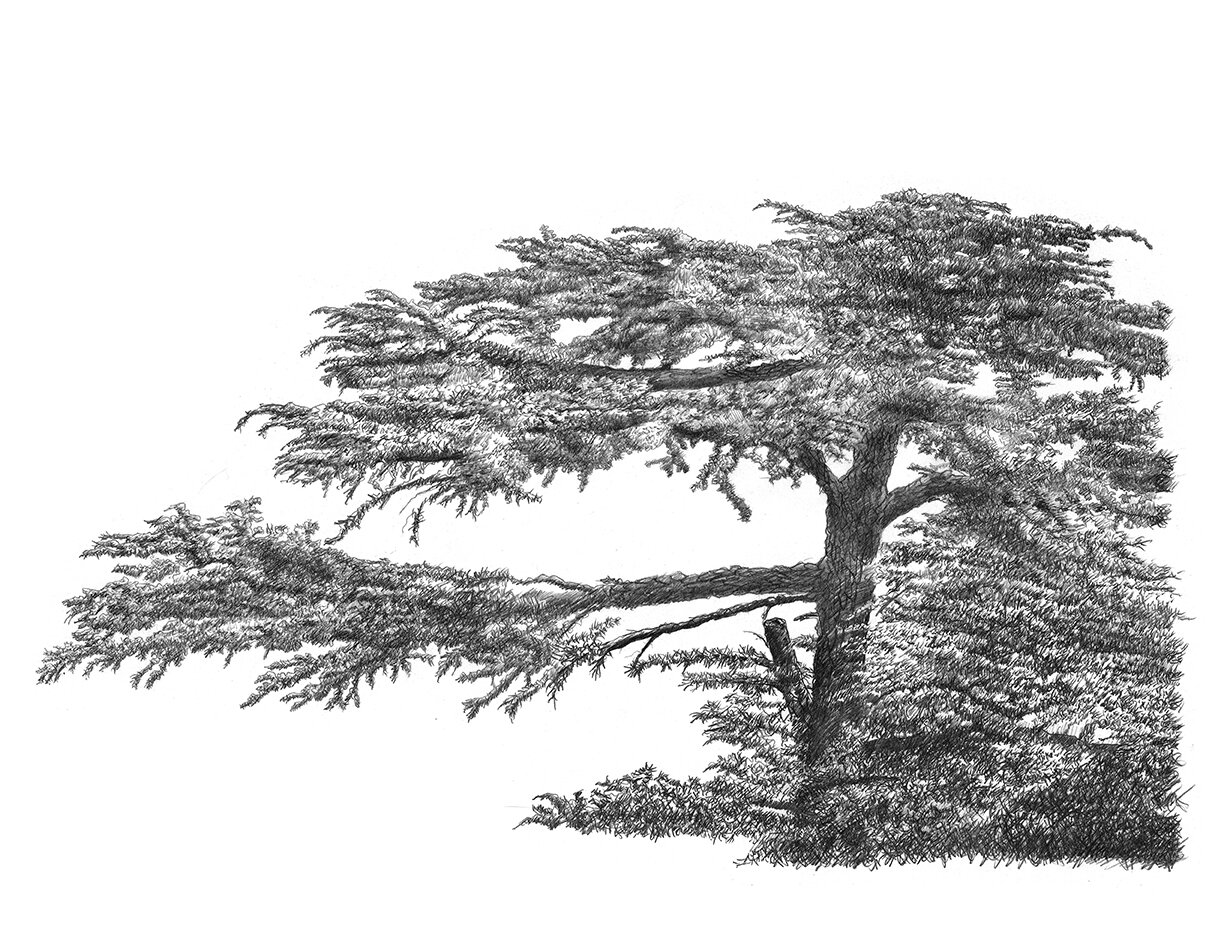
"Cedar of Lebanon", 2019
17” X 13”, Archival prints (signed editions of 100) on etching paper
$225 unframed/ $275 framed
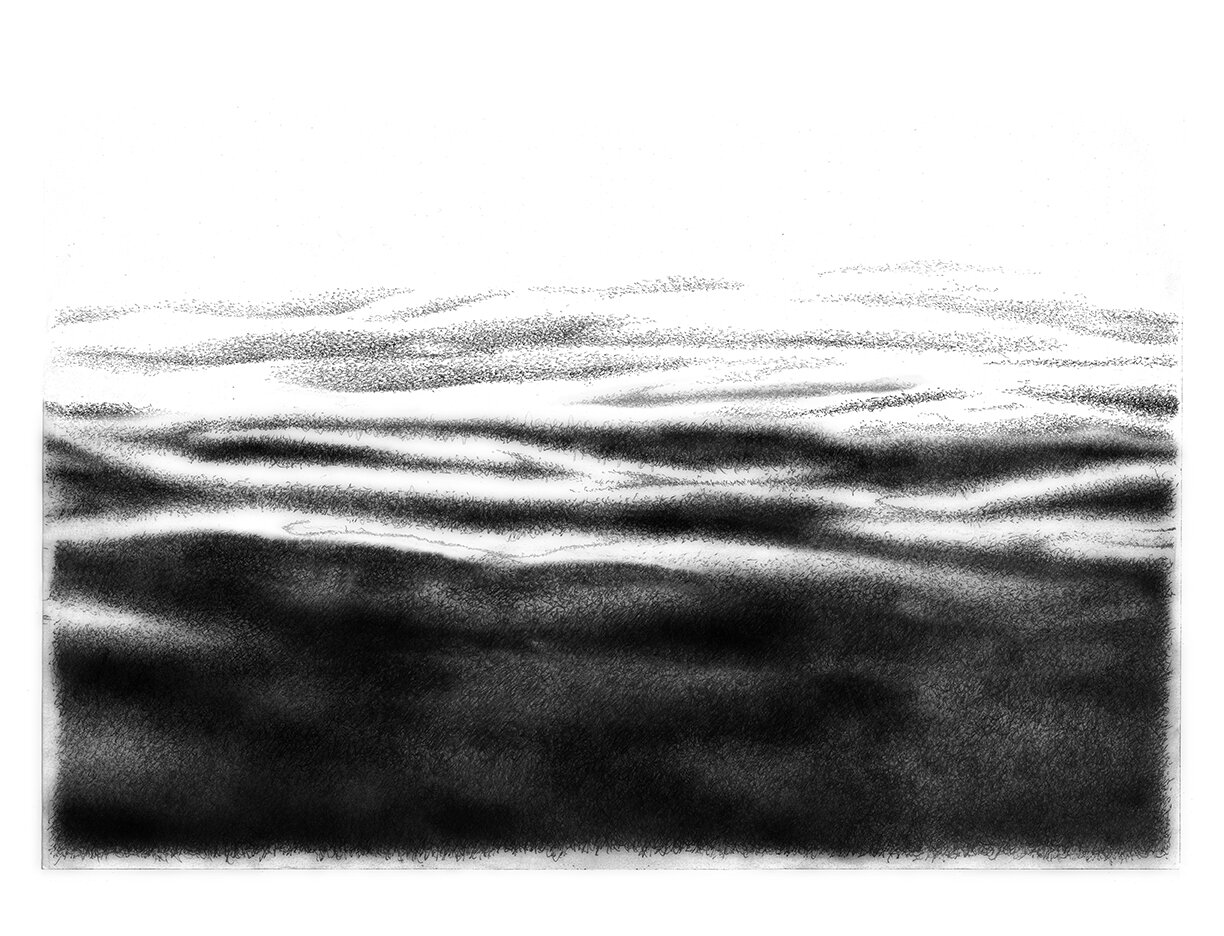
"Water", 2019
17” X 13”, Archival prints (signed editions of 100) on etching paper
$225 unframed/ $275 framed
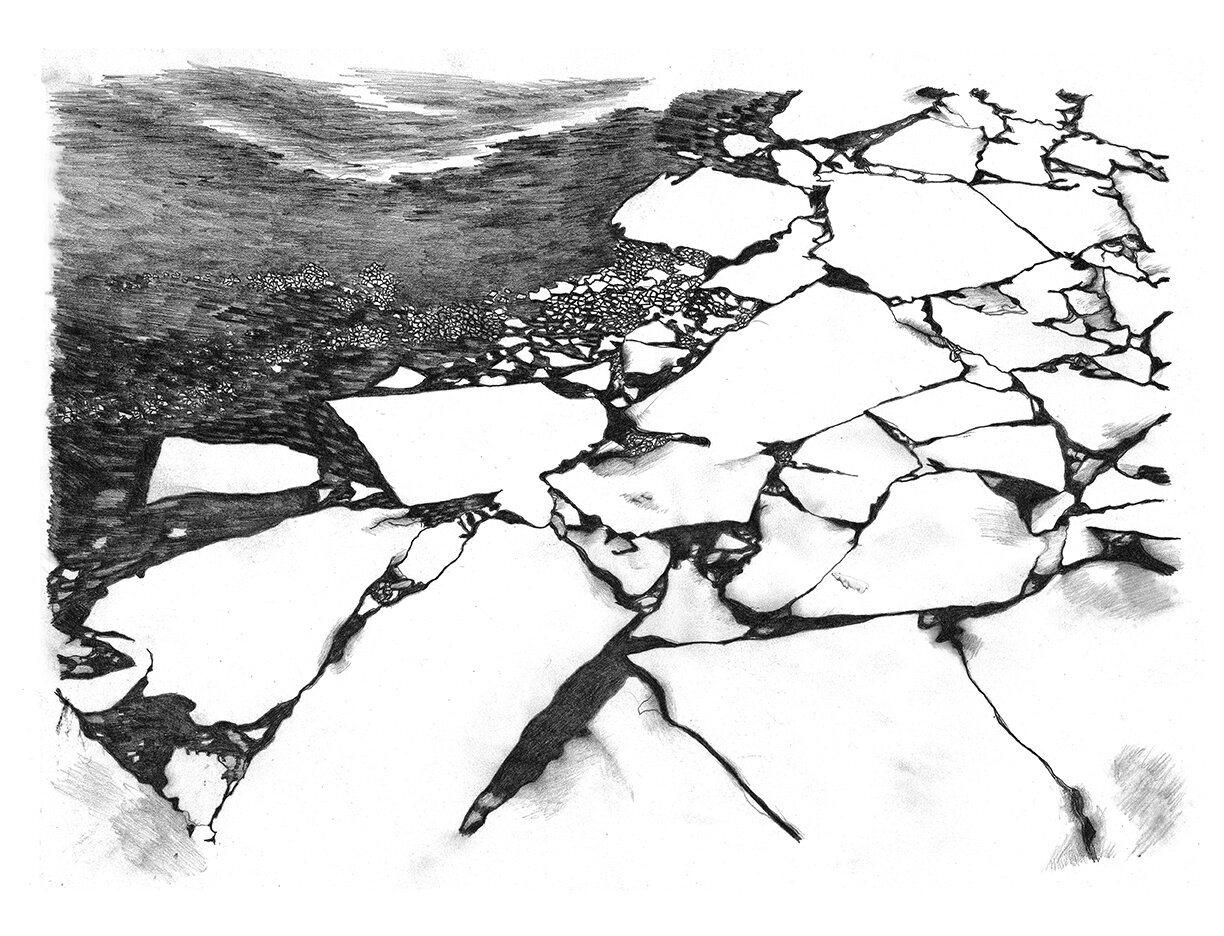
"Polar Ice", 2018
17” X 13”, Archival prints (signed editions of 100) on etching paper
$225 unframed/ $275 framed
